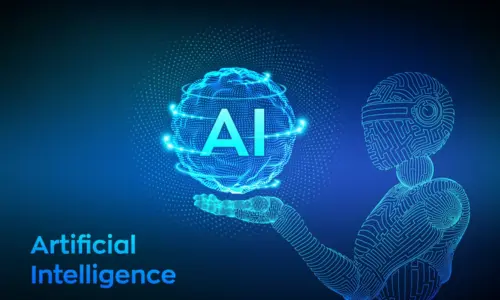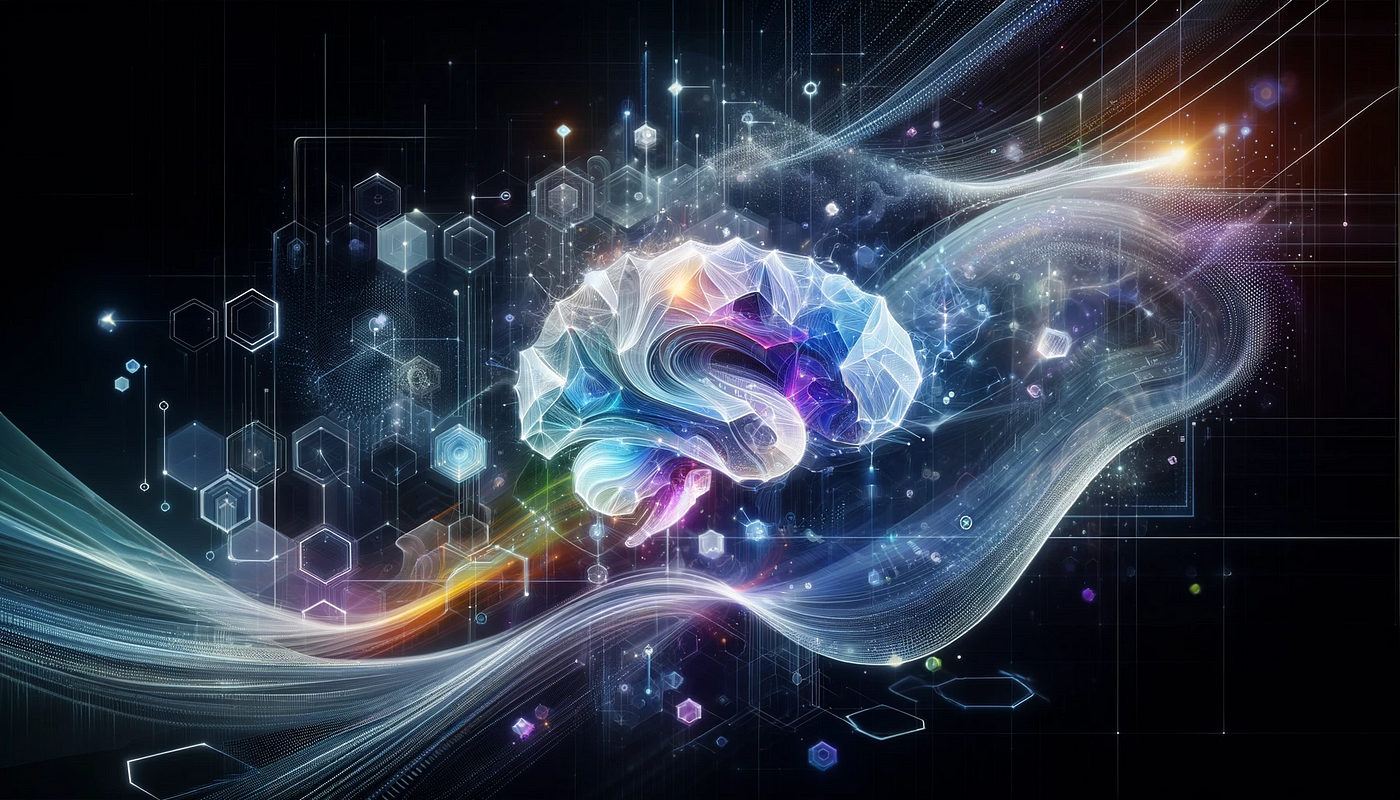In the fast-paced world of product design, the rise of artificial intelligence (AI) has sparked a range of emotions – excitement, skepticism, and even anxiety. Many designers are left wondering: Will AI make us obsolete? Can machines truly replicate the creative flair of a seasoned designer? In this article, we will debunk the myths surrounding AI’s role in product design and explore the exciting opportunities it brings. Let’s dive in and discover the landscape where AI meets human creativity.
Understanding AI as a Design Ally
To address the concerns about AI’s impact on product design, it’s essential to view AI not as an adversary, but as a powerful tool in a designer’s toolkit. Just as the introduction of software like Photoshop expanded the capabilities of designers and photographers, AI has the potential to push the boundaries of what we can achieve.
Imagine AI as an intelligent assistant that can automate repetitive tasks, analyze vast amounts of data for informed decision-making, and even simulate numerous design scenarios in moments. These are tasks that would typically take a human designer a significant amount of time. AI’s integration into product design is not about replacing designers; it’s about how designers can leverage AI to enhance their craft.
The Partnership Between AI and Designers
The intersection of AI and product design is not a battleground for supremacy; it’s a partnership. While AI can provide insights and efficiency, it cannot replicate the intuition that comes from years of experience or the empathy required to create designs that resonate on a human level. Designers bring a unique perspective and creativity to the table that machines cannot replicate.

AI can assist designers in various ways, such as suggesting layout improvements, generating user interfaces, and even testing user experiences. These AI-driven functionalities are not eliminating jobs; they are empowering designers to focus on higher-level tasks that require human touch and creativity.
AI’s Role in Automating Mundane Tasks
One of the most significant benefits of AI in product design is its ability to automate mundane and repetitive tasks. Designers often spend a significant amount of time on tasks like resizing images, organizing files, or creating basic wireframes. AI-powered tools can take over these routine tasks, allowing designers to allocate their time and energy to more strategic and creative endeavors.
By automating these mundane tasks, designers can streamline their workflow and increase productivity. This not only saves time but also enables them to concentrate on the aspects of design that require human ingenuity, such as conceptualizing innovative solutions or crafting compelling user experiences.
Leveraging AI for Data-Driven Decisions
In today’s data-driven world, designers must make informed decisions based on user insights and market trends. AI can play a crucial role in analyzing vast amounts of data and extracting actionable insights. By leveraging AI algorithms, designers can uncover patterns, preferences, and behaviors that would be challenging to identify manually.
For example, AI-powered analytics tools can analyze user feedback, website interactions, and customer demographics to provide designers with valuable insights. These insights can help designers understand user needs, identify pain points, and make data-driven design decisions that lead to better user experiences.
Enhancing Creativity with AI
Contrary to the fear that AI will stifle creativity, it can actually enhance and inspire designers to think outside the box. AI algorithms can generate a multitude of design variations based on specific parameters set by the designer. These variations can serve as a starting point for designers, sparking new ideas and facilitating the exploration of different design possibilities.
Think of AI as a creative collaborator, suggesting alternative design directions that designers might not have considered otherwise. Designers can iterate on these AI-generated concepts, infusing their unique style, insights, and expertise to create truly innovative and compelling designs.
Designing for Emotional Resonance
While AI can excel at data analysis and generating design variations, it still lacks the ability to understand human emotions fully. Designers play a crucial role in creating designs that evoke emotional responses and resonate with users on a deep level.
Designing for emotional resonance requires empathy, intuition, and an understanding of the human experience. AI, although incredibly advanced, cannot replicate these uniquely human qualities. Designers can use AI as a tool to gather data and insights, but the final design decisions should be driven by their understanding of human emotions and the desired user experience.
The Ethical Considerations of AI in Design
As AI becomes more integrated into product design, it is essential to address the ethical considerations surrounding its use. Designers must be mindful of potential biases and unintended consequences that may arise from relying solely on AI-generated solutions.
It is the responsibility of designers to ensure that AI algorithms are trained on diverse and inclusive datasets, avoiding perpetuation of existing biases. Additionally, designers should use AI as a tool to augment their decision-making process rather than allowing it to dictate design choices without critical human oversight.
AI as a Catalyst for Innovation
The integration of AI into product design opens up new possibilities for innovation and creative problem-solving. By automating routine tasks and providing designers with valuable insights, AI frees up time and mental space for designers to focus on exploring new ideas, experimenting with novel approaches, and pushing the boundaries of design.
Designers can harness the power of AI to prototype and test ideas rapidly, iterate on designs more efficiently, and gather user feedback in real-time. This iterative design process, empowered by AI, accelerates innovation and enables designers to create products that better meet the needs and desires of their target audience.
Embracing a Collaborative Future
Instead of fearing the rise of AI in product design, designers should embrace it as a collaborative force that enhances their abilities and expands their creative horizons. The future of design lies in the partnership between human designers and intelligent machines, working hand in hand to create exceptional user experiences.
As AI continues to advance, designers must adapt and embrace new technologies and methodologies. By staying informed, continuously learning, and leveraging AI as a tool, designers can position themselves at the forefront of innovation and lead the way in shaping the future of product design.
Conclusion
AI is not a threat to product designers; it is a powerful ally that can amplify their creativity and efficiency. By understanding AI’s capabilities and limitations, designers can leverage it to automate mundane tasks, make data-driven decisions, enhance creativity, and drive innovation.
As AI becomes more integrated into the design process, it is crucial for designers to maintain a human-centric approach, ensuring that designs resonate emotionally with users. Additionally, designers must be mindful of the ethical considerations surrounding AI and use it as a catalyst for positive change.
The future of product design lies in collaboration between human designers and AI. By embracing this collaborative future, designers can harness the full potential of AI to create exceptional user experiences and shape the future of design. So, let’s welcome AI as a partner in design and explore the exciting possibilities that lie ahead

